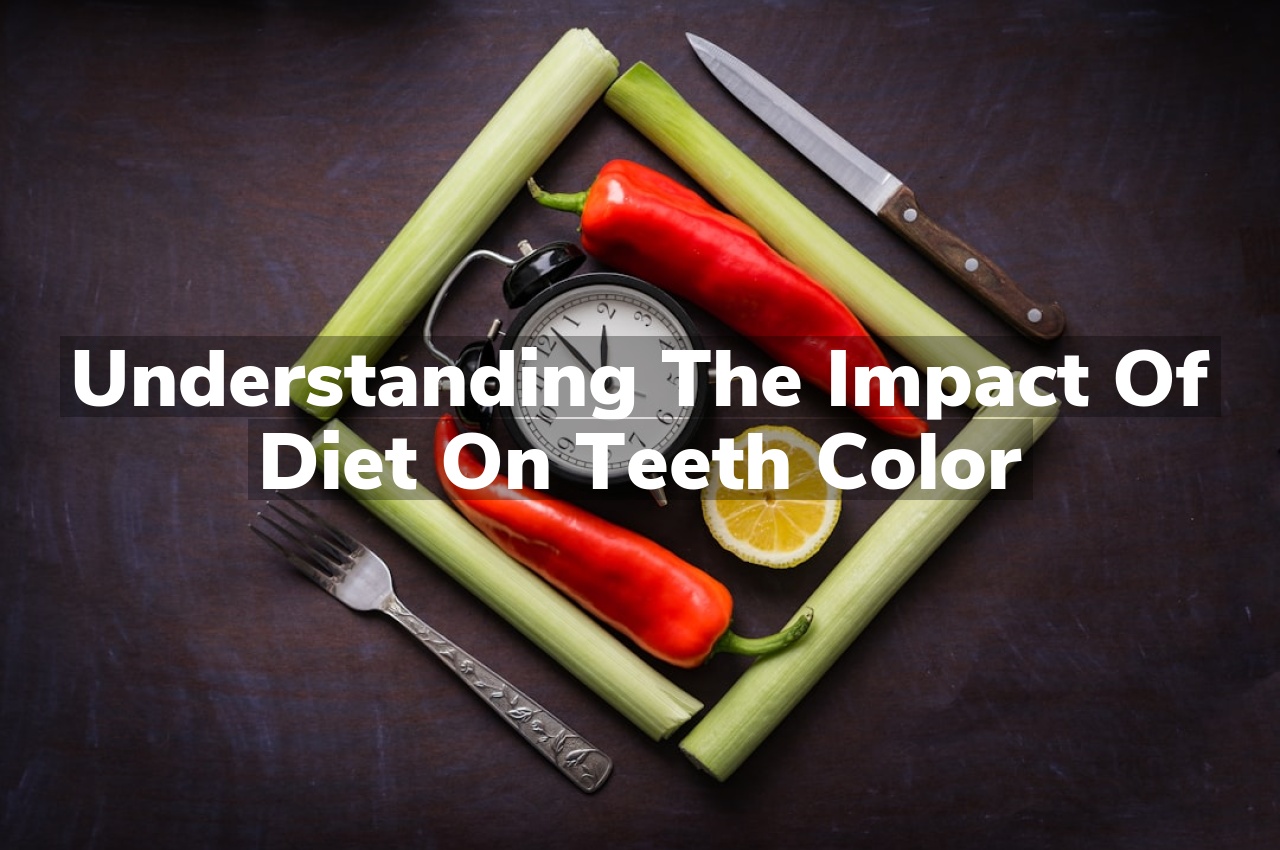Have you ever wondered how your diet affects the color of your teeth? The foods and beverages we consume can play a significant role in determining the brightness and overall health of our dental appearance, with certain items having a more pronounced effect on discoloration than others.
Common Foods That Stain Teeth
The color of your teeth can significantly be affected by what you eat and drink. Many common foods and beverages have the potential to stain teeth. For instance, coffee, tea, and red wine are well-known for their role in discoloring teeth. These drinks contain intense color pigments called chromogens that attach to the white, outer part of your tooth, leading to staining. Similarly, acidic foods like citrus fruits can erode enamel, making it easier for stains to take hold.
In addition to these, certain vegetables and fruits, such as beets and blueberries, can also stain teeth due to their strong natural colors. It’s interesting to note how our diet influences not just our health but also the aesthetics of our smile. For those curious about how to maintain their teeth’s brightness while navigating these dietary challenges, exploring the topic of Teeth Whitening: Myths vs. Facts can provide valuable insights into effective and safe practices for dealing with tooth discoloration.
Role of Acidity in Tooth Discoloration
The impact of diet on the color of one’s teeth is a topic of considerable interest, and among the various factors, the role of acidity stands out prominently. Foods and beverages with high acidic content can lead to tooth discoloration by eroding the enamel, the protective outer layer of the tooth. This erosion process exposes the underlying dentin, which is naturally yellower than enamel, thereby altering the appearance of teeth. The acidity in our diet, originating from sources like citrus fruits, sodas, and certain teas, can thus play a significant role in the aesthetic changes our teeth undergo over time.
Understanding the relationship between dietary choices and oral health is crucial for maintaining not just the health but also the appearance of teeth. While the natural process of aging and the consumption of pigmented substances are commonly known to affect tooth color, the impact of acidity is often overlooked. Acknowledging this can be a step towards better oral care practices. For those interested in exploring options for enhancing their smile, Achieve Whiter Teeth in Columbia Today.
Impact of Sugary Foods on Enamel
The consumption of sugary foods plays a significant role in the health and appearance of dental enamel, the hard, outer layer of teeth. When sugar is consumed, it interacts with bacteria present in the mouth to produce acids. These acids can lead to the demineralization of the enamel, a process that weakens this protective layer and can contribute to discoloration, making teeth appear more yellow or stained over time. The impact of sugary foods on enamel is a critical aspect to consider when understanding the overall effect of diet on teeth color.
Beverages Known to Affect Teeth Color
Many people are unaware of the significant impact certain beverages can have on the color of their teeth. Drinks like coffee, tea, red wine, and some fruit juices are known for their ability to stain teeth over time. These beverages contain pigments that can adhere to the enamel of your teeth, leading to a duller or discolored appearance. While enjoying these drinks in moderation is a part of many daily routines, it’s important to be mindful of their potential effects on dental aesthetics.
For those concerned about maintaining a bright smile, consulting with a professional, such as the team at Dental Care of Rosewood, can provide further insights. Learn more about maintaining your dental health with a Columbia Dentist.
Natural Aging Process and Teeth Yellowing
As we age, our bodies undergo various changes, and our teeth are no exception. The natural aging process can significantly impact the color of our teeth, often leading to yellowing. This is a common occurrence that happens over time, as the outer enamel layer on our teeth wears down, revealing the dentin beneath, which is naturally yellow. Factors such as diet can accelerate or decelerate this process, but it’s important to understand that teeth yellowing is a natural part of aging that affects everyone to varying degrees.
Conclusion
To further explore the impact of diet on teeth color, read reviews on Google Maps or call us at 803-810-1416.

